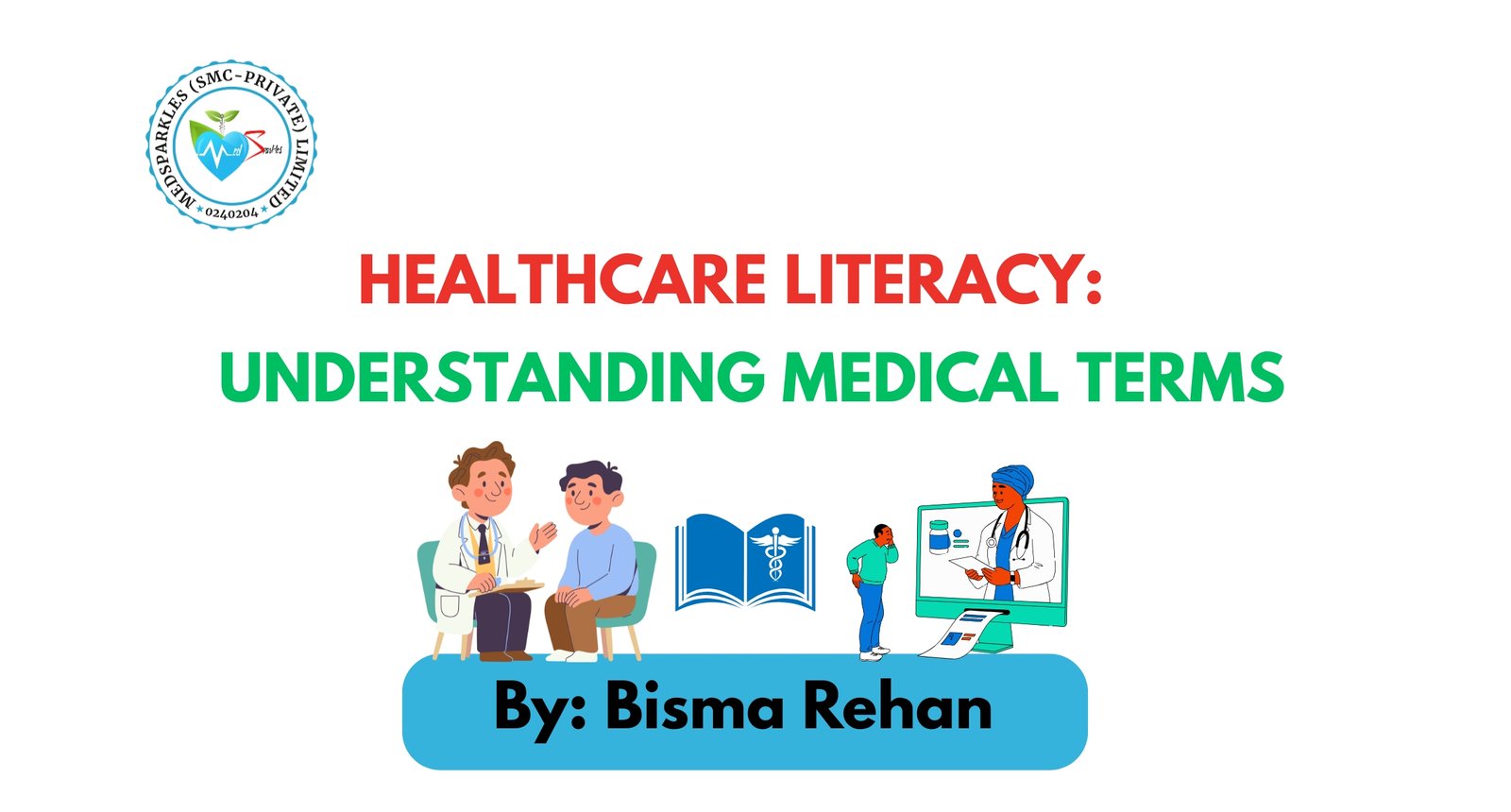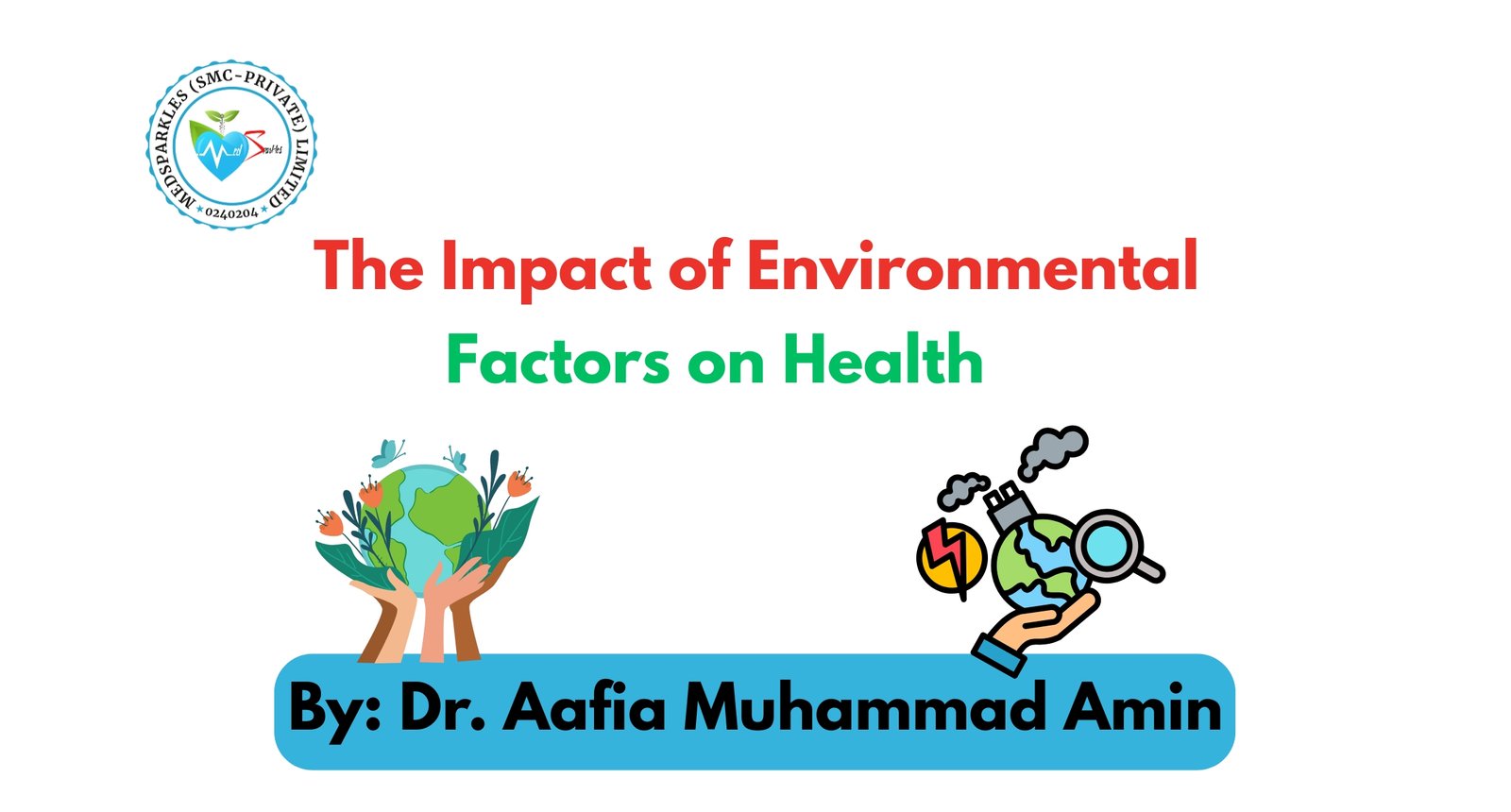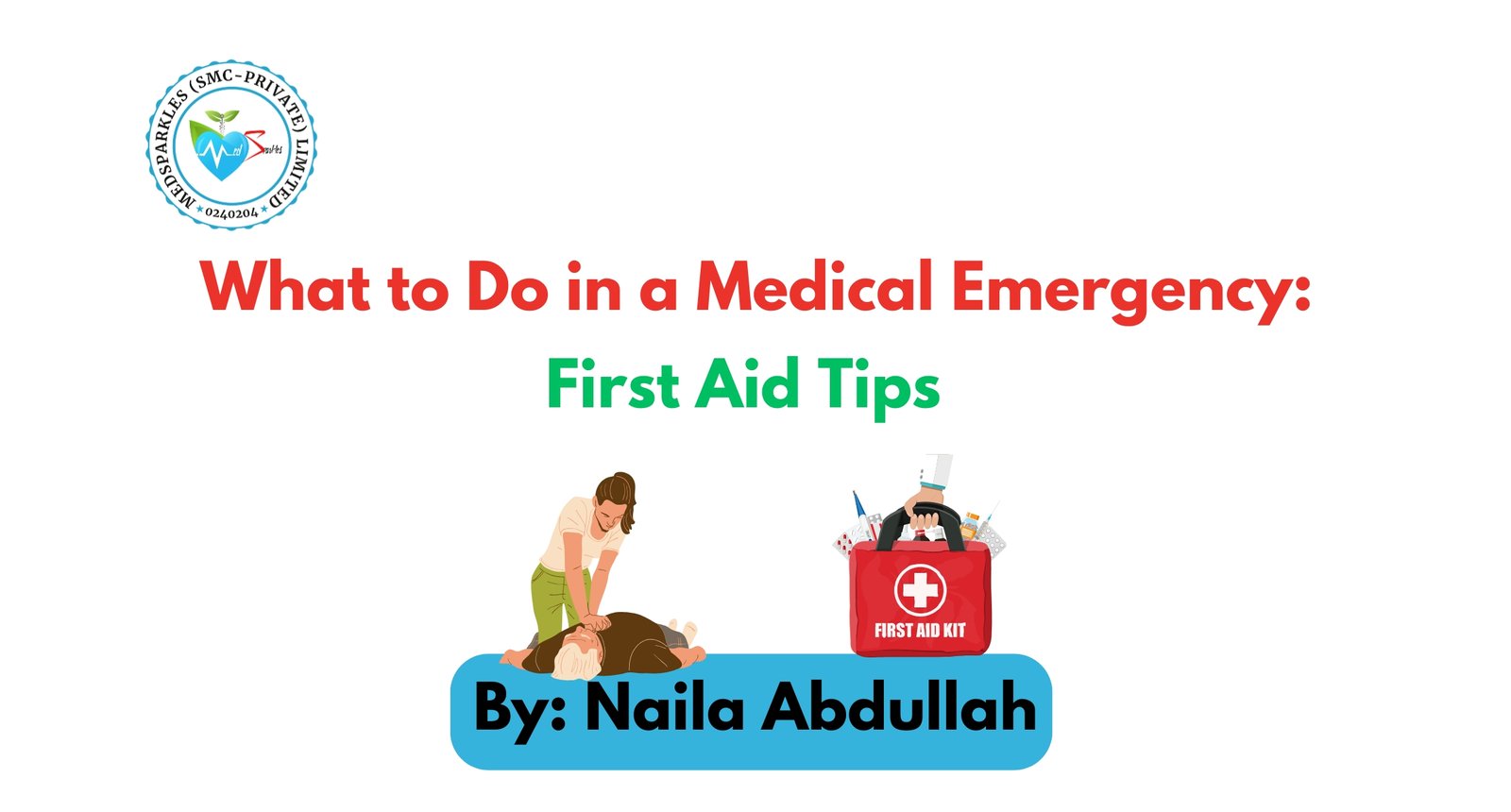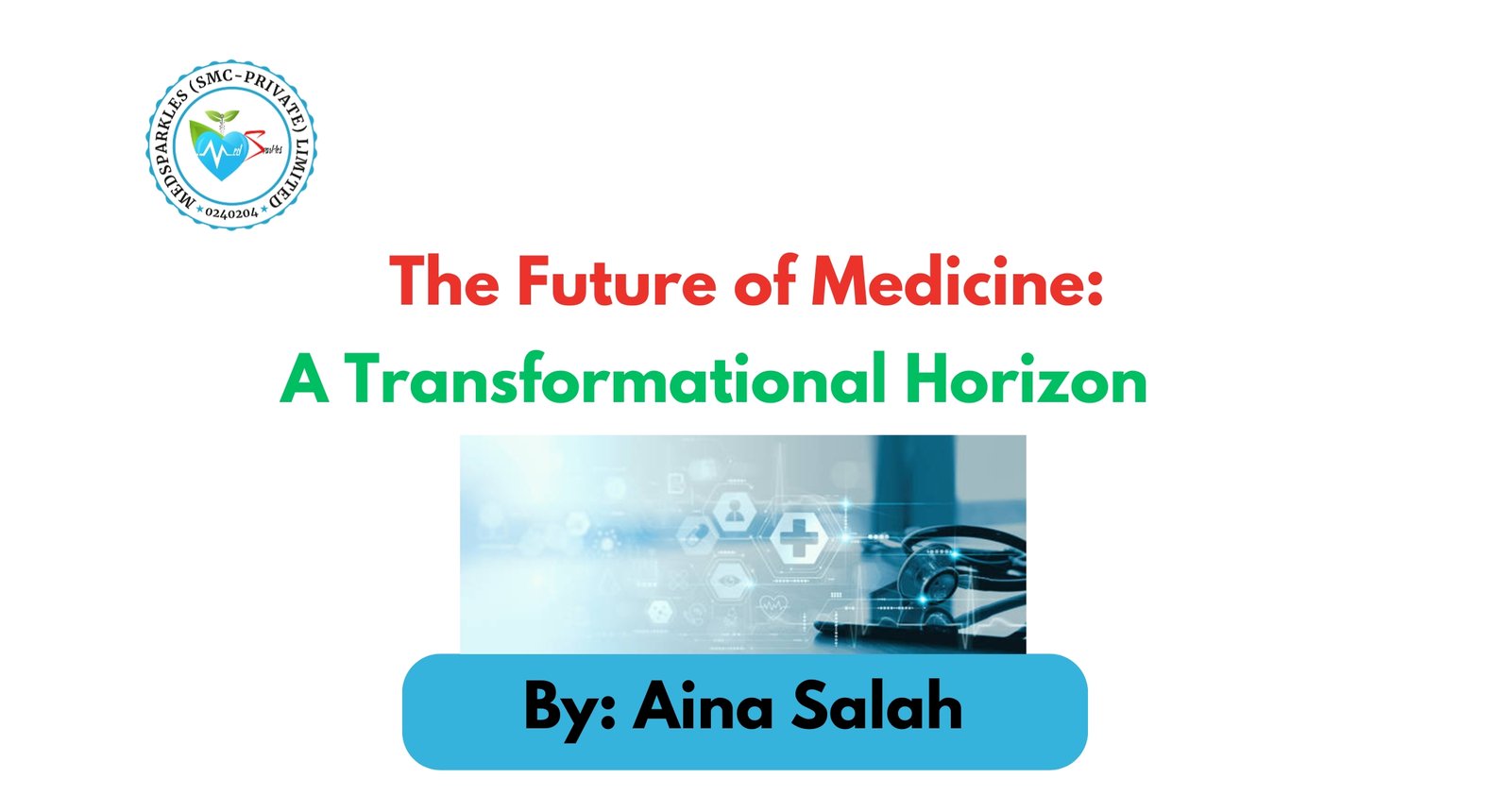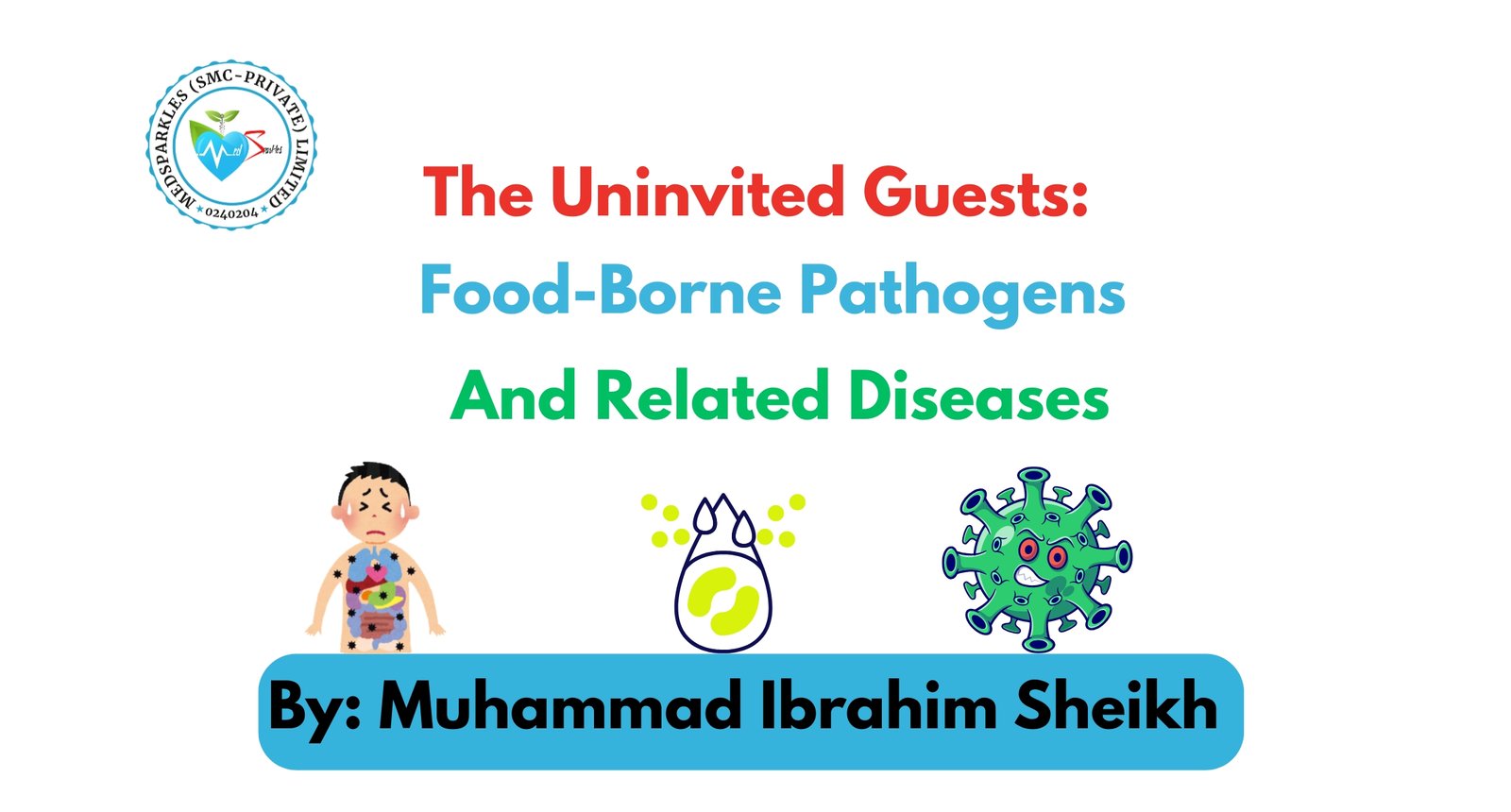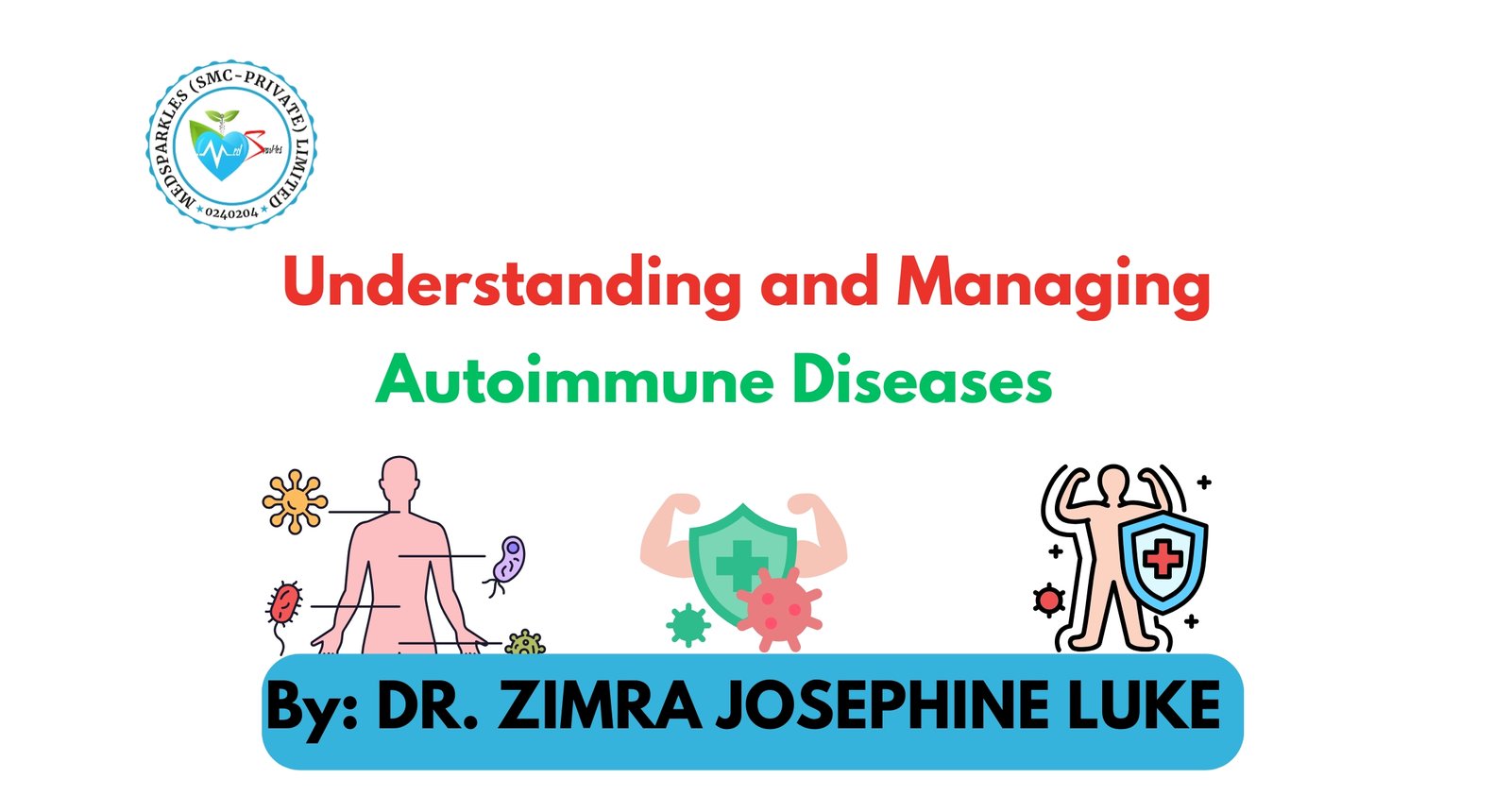Healthcare literacy is basically a broad medical term that refers to the ability to access, understand, and learn about the information related to health, or gain any knowledge based on medical education. Healthcare literacy is important to understand for both Patients and healthcare providers for informed decision-making and improved health outcomes. It basically provides the mutual benefits for a clear understanding of medical terms for proper treatment and accurate use of medicine for a particular disease.

Understanding the medical terms
Understanding medical terms is profoundly important to increase health care literacy because if Health care literacy increases, it will lead to enhanced patient care and optimize treatment outcomes. Some of the commonly used medical terms are given below, and everyone needs to learn and understand these, whether you are a patient or a healthcare provider. The commonly used medical terms are:
- Disease
It is a state of being unwell, which is characterized by a specific condition affecting the normal structure of your body, for example, arthritis and cancer, etc.
- Symptoms
This medical term is basically a sign or indicator that warns about any disease or condition, for example, flu, headaches, etc.
- Chronic
Its literal meaning is persistent or long-term term for example, chronic pain or chronic inflammation.
- Acute
Acute means short-term or sudden onset, for example, acute pain.
- Malignant
Malignant means very dangerous and extremely harmful, characterized by uncontrolled growth, for example malignant tumor.
- Benign
It is less harmful and non-cancerous, for example benign tumor.
- Prognosis
It is a predicted outcome or course of a disease.
- Diagnosis
It is basically the identification of a certain injury, disease or condition.
- Hypertension and Hypotension
These two terms are common and, in fact, the fastest-growing disease across Pakistan because of a sedentary lifestyle. Hypertension means increased blood pressure, and Hypotension means decreased blood pressure.
- Palpitation
It means an irregular and rapid heartbeat.
- Insulin resistance
Insulin resistance is the decreased response of insulin by downregulating insulin receptors, resulting in decreased insulin sensitivity, leading to diabetes.
- Prophylaxis
It means taking preventive measures to decrease the chances of a disease.
- Diabetes
It is a condition characterized by increased blood glucose levels in your body because the pancreas doesn’t make enough insulin.
- Anesthesia
It is a loss of response or consciousness during any surgical procedure.
- Metastasis
It is a spread of cancerous cells to other parts of the body.
- Inflammation
It is basically a response to any kind of injury or Harmful stimuli by the body tissues, which results in swelling, redness, heat, pain and loss of function.
- Biopsy
It is basically a surgical procedure through which a tissue sample is removed from the body to examine the underlying conditions.
- Edema
It is the accumulation of body fluid that leads to swelling in the peripheries.
- BMI
It’s a body mass index which used to measure body fat based on height and weight.
- Abrasion
It is a superficial scrape of the skin.
These are some of the commonly used medical terms, but there are also many medical terms that are used regularly, and many of them are also given below in the picture. You can also read them from the picture.

Low health care literacy is a barrier
We need to understand that low health care literacy can limit the understanding of Health information and can prevent individuals from getting proper treatment. Low Health care literacy can lead to poor health outcomes and can result in misinterpretation of the medical reports and information. Limited understanding of medical-related terminologies can increase medical errors and is a barrier to adherence to the treatment. Low health care literacy is a barrier to effective communication, which also
reduces the chances of clear, concise information through which patients can struggle to understand medications, medical terminologies, instructions, and labels.
Improving Health Care Literacy
Health care literacy can be improved by following these points:
• By guiding patients about commonly used medical terminologies to improve patient health conditions, treatment, and outcomes.
• By using clear communication, we can reduce the complexity of understanding medications or medically related information.
• Health educators can play a pivotal role by educating communities by encouraging them to live a healthy lifestyle.
• Health care literacy can be improved by patient counselling as well as by guiding patients about medications used and demonstrating to them how to use the medical device properly, and by asking them to repeat back the instructions that are given to them.
• Use of technology like patient portals can also help to understand medical information.
• By using charts, images, and illustrations, we can improve health care literacy as well.
So, these are the simple points by which we can improve our health care literacy.

Conclusion
Health care literacy plays a crucial role in managing complex health care routines and systems by improving patient education. Understanding the medical terms empowers individuals to recognize patient health and safety for better treatment plans, proper health Outcomes and effective communication to learn about medications and their use. By promoting health literacy and guiding patients about the importance of understanding medical terms, we can work better to build a healthy society.
“Health literacy is the key to unlock the power of medical knowledge.”
FAQS
Q1) What is healthcare literacy?
Health care literacy is the ability of an individual to understand basic health information.
Q2) Why is health care literacy important?
Because it helps us to understand the medical conditions properly and improve informed decision making for proper health outcomes.
Q3) Why is it necessary to learn about common medical terms?
Learning about common medical terms can help us understand about medical process and further treatments for any condition or disease, which can improve an individual’s health and optimize health Outcomes.
Q4) What are the common challenges?
Common challenges are limited health knowledge, language barrier, limited use of technology and decreased education regarding medical information.
Q5) How do health care providers support patients with low health literacy?
They can support by using plain, simple language, visual aids like infographics and illustrations to assess patient understanding for better knowledge and learning.
